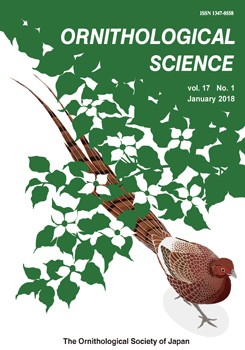As more and more species become threatened, the need to assess population sizes accurately in order to facilitate effective management actions increases. There is an extensive literature on counting birds, but no consensus on the most appropriate units in which to record the results. To stimulate discussion on the use of “number of pairs” for estimating bird population size we review some of the main problems and difficulties. Some counts, especially of seabirds, give total numbers, whereas breeding season counts of songbirds often record territories or, less frequently, numbers of nests. The use of different units complicates comparisons, for example between non-breeding and breeding populations. In many populations there are non-breeding individuals (including immatures, helpers or those who have failed to secure a mate or a territory) that may be hard to distinguish from those that are breeding. Some of the last may even be more conspicuous than paired birds. The proportion of such, for most species, is unknown. In some species, males may attract more than one female. But detailed knowledge of demography is lacking for many species, especially in the tropics. Nest counts can also present problems as some species may make more than one nest. On the other hand, all individuals alive in the breeding season may potentially contribute to future generations and thus, for most purposes, it is preferable to record the number of all individual birds. Wherever known, estimation of the proportion of birds breeding could be added, and we suggest that a global database of such information would be valuable.
How to translate text using browser tools
1 January 2018
The Problems of Recording Bird Numbers in the Breeding Season as Pairs
Derek Pomeroy,
Elisabeth Platz,
Katharina Platz,
Peter Lack,
Thomas K. Gottschalk
ACCESS THE FULL ARTICLE

Ornithological Science
Vol. 17 • No. 1
January 2018
Vol. 17 • No. 1
January 2018
bird counts
detectability
helpers
immatures
pairs




